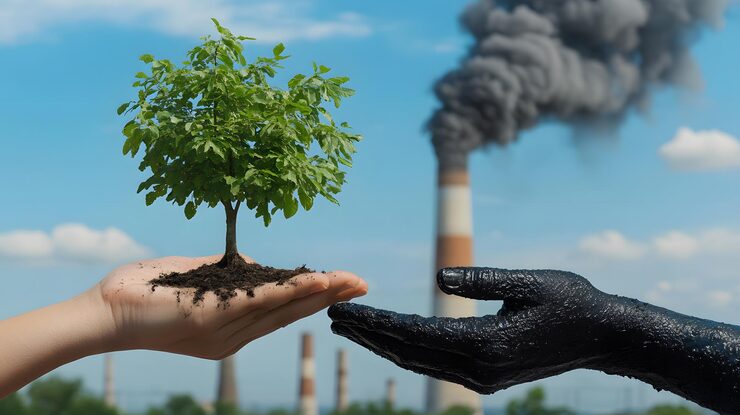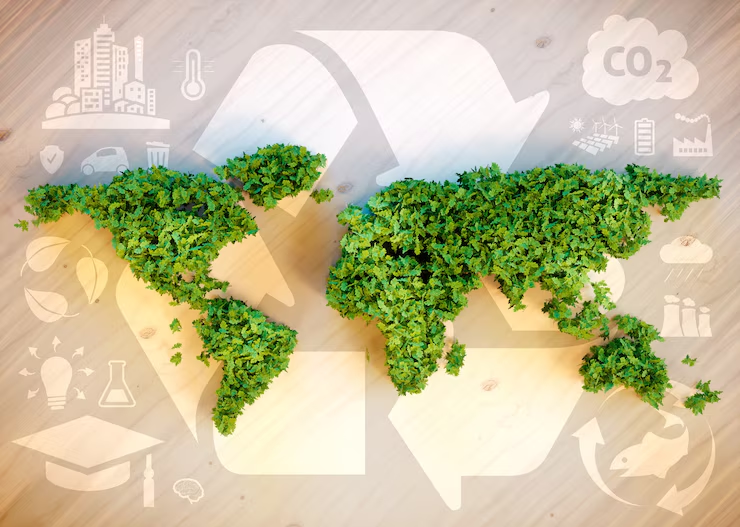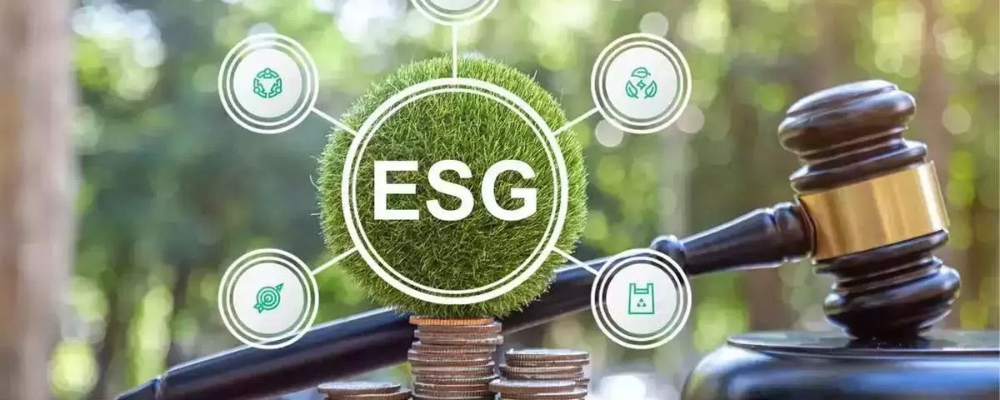CNG: A Sustainable Transportation Choice?
Unveiling Emission Hotspots and Charting a Path to Sustainability

Compressed Natural Gas (CNG) has emerged as a cleaner alternative to traditional fossil fuels, particularly in the transportation sector. While CNG boasts lower emissions compared to gasoline and diesel, achieving true sustainability hinges on a comprehensive understanding of its entire lifecycle footprint. This blog delves into the complexities of tracking emissions in CNG production, exploring the different stages and considerations for a transparent and accountable approach.
Unveiling the CNG Production Chain: A Multi-Step Process
CNG production, from wellhead to fueling station, involves several key stages:
Exploration and Extraction: The journey begins with locating and extracting natural gas reserves through drilling activities. These processes can generate emissions from machinery operation, fugitive methane leaks, and well venting.
Transportation: Extracted natural gas travels via pipelines to processing facilities. This transportation stage might involve emissions associated with pipeline leaks, compressor stations, and maintenance activities.
Processing: Natural gas undergoes treatment to remove impurities and unwanted elements like water vapor, hydrogen sulfide, and heavier hydrocarbons. Processing facilities can contribute emissions through energy consumption for separation processes, flaring of waste gases, and equipment leaks.
Compression: The core stage of CNG production involves compressing natural gas to a high pressure, enabling its storage and transportation in cylinders. This compression process requires significant energy input, often from electricity or natural gas itself, leading to potential emissions depending on the energy source.
Distribution and Storage: Compressed natural gas travels through dedicated pipelines or is transported via specially designed trucks to storage facilities and ultimately to fueling stations. Leakage from pipelines and fugitive emissions during storage or transportation can contribute to the overall emissions profile.
Challenges in Tracking Emissions Across the CNG Chain

Mapping emissions across the CNG production chain presents several challenges:
Variability in Operations: Exploration, processing, and compression techniques can vary significantly between different producers, making it difficult to establish standardized emission factors.
Scope 3 Emissions: A significant portion of emissions in the CNG life cycle falls under Scope 3, encompassing indirect emissions from activities occurring outside a company's direct control. Examples include methane leakage from supplier wellheads, emissions associated with electricity generation for compression, and emissions during CNG vehicle use. Accurately measuring and attributing Scope 3 emissions remains a complex undertaking.
Data Availability and Transparency: Obtaining reliable data from upstream operations like exploration and transportation, often managed by different entities, can be challenging. Limited transparency around processes and infrastructure further complicates emission tracking efforts.
Evolving Regulatory Landscape: Regulations governing the reporting and mitigation of methane emissions are constantly evolving. Companies need to stay updated on these regulations and adapt their emission tracking methodologies accordingly.
Shining a Light: Strategies for Improved Emission Tracking
Despite the challenges, several strategies can enhance transparency and accountability in CNG production:
Standardized Reporting Protocols: Industry-wide adoption of standardized reporting protocols, like those developed by the Environmental Protection Agency (EPA) or equivalent international bodies, can ensure consistency and facilitate comparisons between different producers.
Life Cycle Assessment (LCA): Conducting a comprehensive LCA for CNG production can identify key emission hotspots across the entire life cycle. This allows companies to focus their mitigation efforts on the areas with the most significant environmental impact.
Technological Advancements: Investing in leak detection and repair technologies like optical gas imaging cameras can help identify and address methane leaks from pipelines and storage facilities. Technological advancements in compression techniques can also help reduce the energy required for this stage, lowering overall emissions.
Collaboration and Partnerships: Collaboration between CNG producers, pipeline operators, and vehicle manufacturers can foster information sharing and joint efforts to reduce emissions across the entire value chain.
Investment in Renewable Energy: Transitioning towards renewable energy sources for powering CNG processing and compression facilities can significantly reduce emissions associated with electricity consumption.
The Role of WOCE in Empowering Sustainability in CNG Production

WOCE (World of Circular Economy) offers a suite of solutions specifically designed to empower CNG producers in their journey towards sustainability:
Carbon Ledger: This cutting-edge platform facilitates comprehensive data capture, calculation, and reporting of emissions across the entire CNG production chain.
Carbon Accounting as a Service (CAaaS): WOCE's CAaaS provides expert guidance and support to CNG producers, ensuring accurate emission measurement, compliance with evolving regulations, and development of effective mitigation strategies.
Green APIs: These seamless integrations enable real-time data collection and automated reporting, facilitating continuous improvement and transparency in emission tracking practices.
By leveraging WOCE's solutions, CNG producers can gain valuable insights into their emission footprint, identify areas for improvement, and demonstrate their commitment to a sustainable future for the natural gas industry.
Conclusion: Transparency is Key
The future of CNG lies in embracing a holistic approach to sustainability. By shedding light on the invisible – the emissions associated with CNG production – the industry can pave the way for a cleaner and more sustainable transportation landscape. WOCE stands ready to partner with CNG producers on this journey, providing the tools and expertise needed to navigate the complexities of emission tracking and achieve meaningful progress towards a sustainable future.




